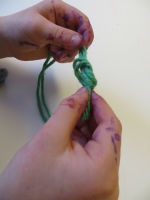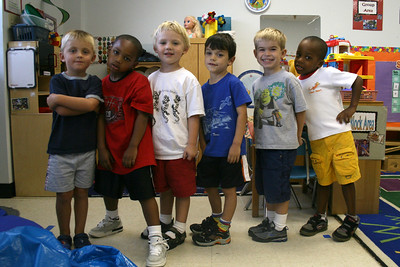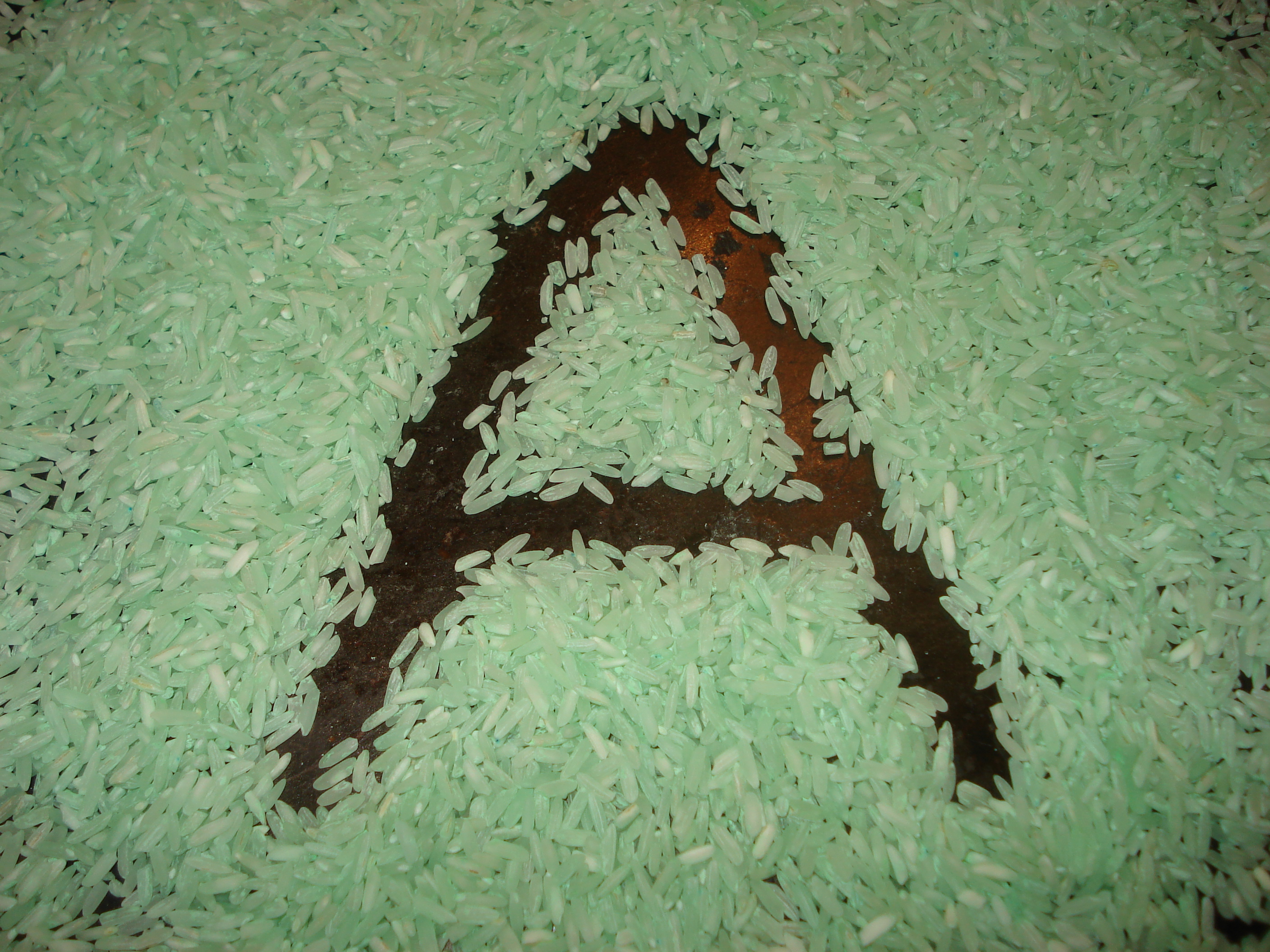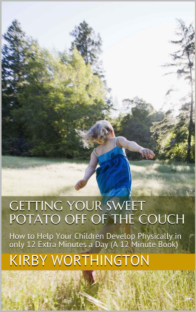Courage to change comes from grace not from shame.
There is a type of guilt that can be healthy. It is there when you learn right from wrong, what is helpful versus what is hurtful. The healthy type of guilt says, “What I chose to do hurt someone. I want to choose to help people, to be kind and loving. I don’t want to hurt people.” This is saying what I DID was wrong. This implies that change is possible, because I can change what I DO.
Shame is different. Shame wounds, drawing energy away from someone. It says, “Who I AM is wrong.” This implies that change is not possible, because if this is who I am as a person, I cannot change that. Shame does not have healing capabilities. It deflates a person like a prick in a balloon, slowly releasing the air from inside it. (For more on this see our previous post here.)


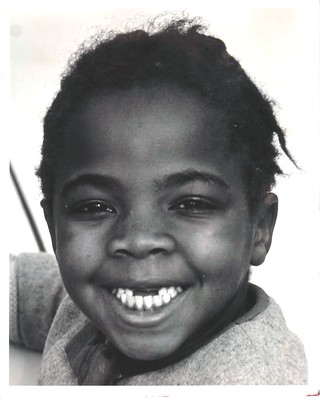

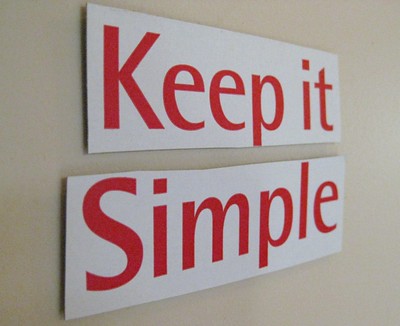
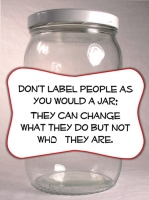

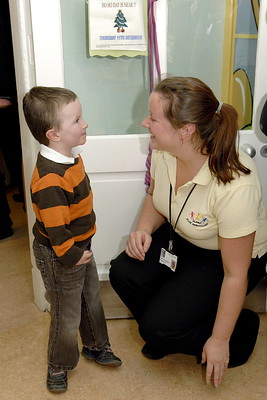


 Parents of preschoolers are tired people. Caring for little ones is exhausting work. We have the best intentions of providing enriching activities for our kids, but when exhaustion sets in, good intentions go out the window. To help you plan for those times when you need something your child can do while you are lying down or sitting, here's a list of 20 activities.
Parents of preschoolers are tired people. Caring for little ones is exhausting work. We have the best intentions of providing enriching activities for our kids, but when exhaustion sets in, good intentions go out the window. To help you plan for those times when you need something your child can do while you are lying down or sitting, here's a list of 20 activities.


